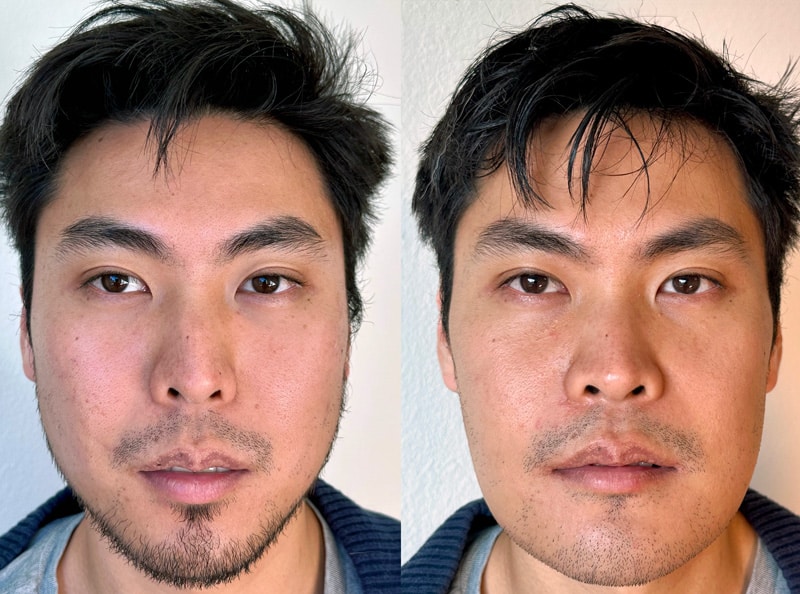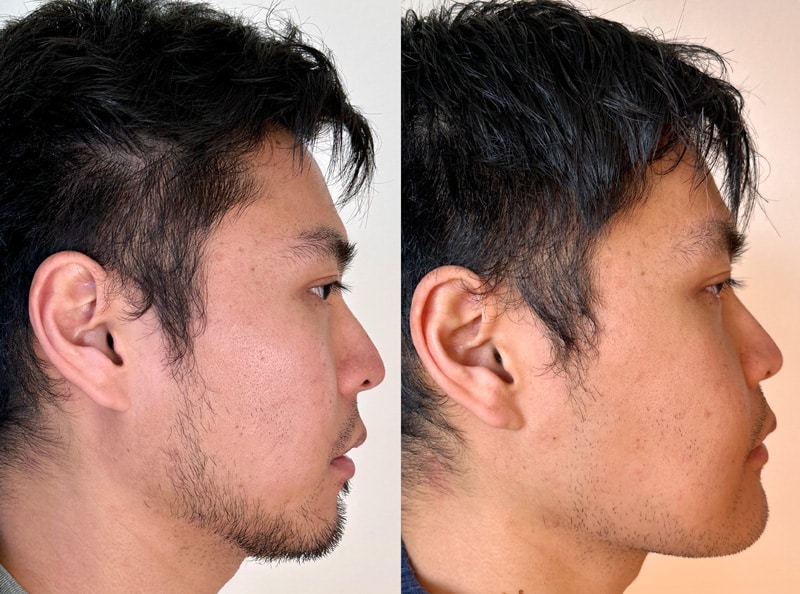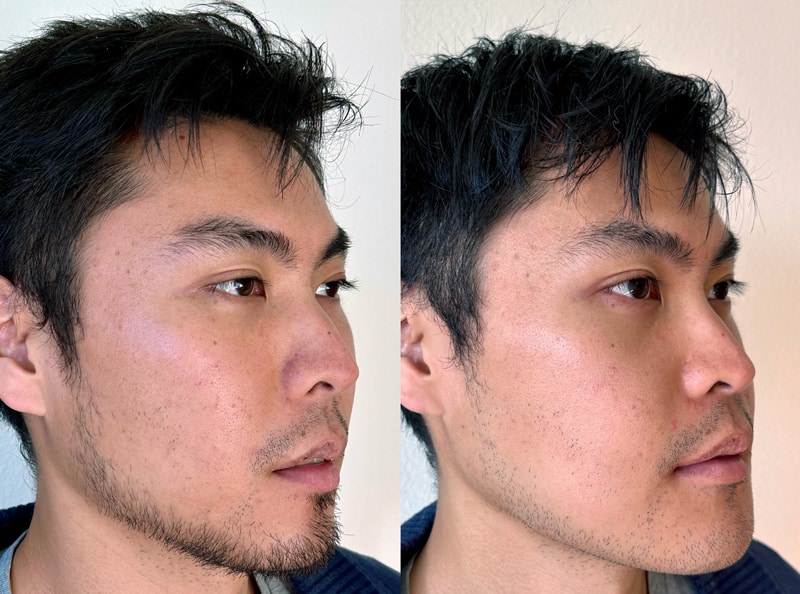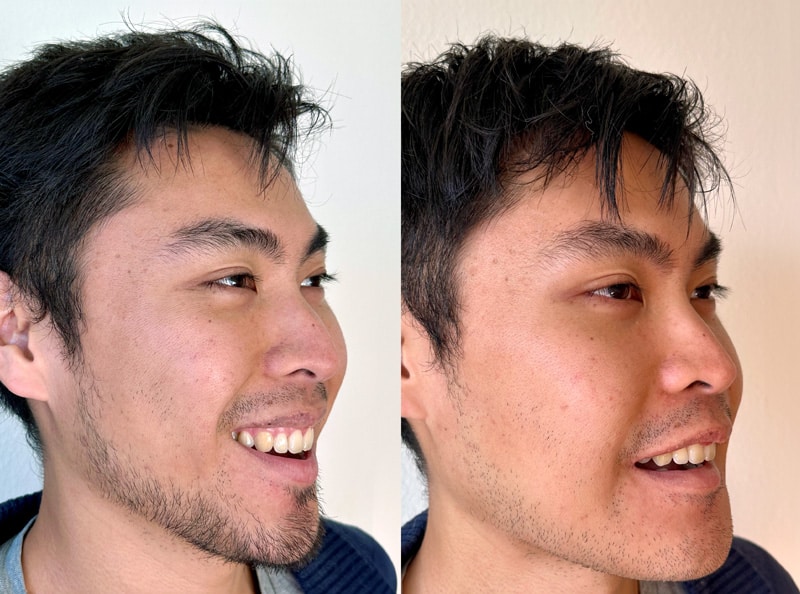Obstructive Sleep Apnea
Special Problems concerning airways
Obstructive Sleep Apnea
Notably, some of my patients have one or more of these conditions. These are usually associated with a small lower jaw or narrow upper jaw. The severity of these conditions is often expressed as an apnea-hypopnea index (AHI).
APNEA = the temporary cessation of breathing, especially during sleep
HYPOPNEA= a significant decrease in the oxygen in the blood, especially during sleep
The apnea-hypopnea index describes how many times per hour these events occur. For example, an AHI= 50 means these events occur 50 times per hour. Orthognathic surgery is 90 to 95% effective in dramatically improving or eliminating these problems.
Minor surgical treatments such as removing the tonsils (tonsillectomy), shortening the soft palate (uvulopalatopharyngoplasty), and improving the airflow due to physical obstructions inside the nose (septoplasty, turbinectomies), while helpful, do not treat:
- the overall side-to-side width of the air passageway inside the nose,
- restricted airflow through the mouth due to the width of having a constricted palate, or
- restriction in the cross-sectional size of the airway at the level of the tongue.
Therefore, these surgeries rarely, if ever, treat significant upper airway resistance or moderate to severe obstructive sleep apnea.
Nonsurgical treatments, such as appliances that temporarily move the lower jaw forward while sleeping, and other treatments, such as continuous positive airway pressure (CPAP), which force air into the lungs while sleeping, often have abysmal compliance and are ultimately ineffective.
Untreated obstructive sleep apnea worsens with age because the laxity of the soft tissue in the throat increases as part of aging. As a result, the airway has an increased risk of collapsing due to gravity while patients sleep on their backs. Additionally, patients typically gain weight as they grow older. Therefore, the added bulk of tissue in the neck due to fat accumulation makes the airway even smaller.
The consequences of untreated obstructive sleep apnea are often devastating and go unnoticed because they are slowly progressive. There is conclusive evidence that untreated obstructive sleep apnea leads to significant cognitive impairment in what is known as impaired executive functioning (otherwise known as executive dysfunction). Fortunately, this can be significantly improved with normalization of the airway and, as a result, regular sleep patterns. On the other hand, left untreated, long-term disturbed sleep patterns result in a significantly higher risk of permanent changes in cognition and permanent and irreversible dementia.
Even without the above, lack of oxygen increases the risk of cardiac events, such as abnormal heart rhythms (arrhythmias), while sleeping because insufficient oxygen gets to the brainstem and the heart.
Case 1
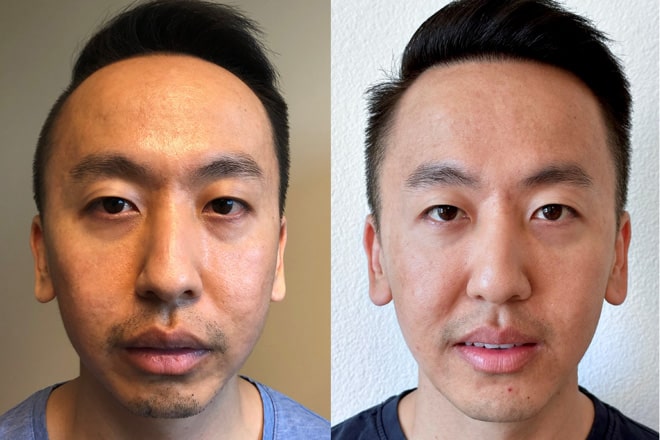
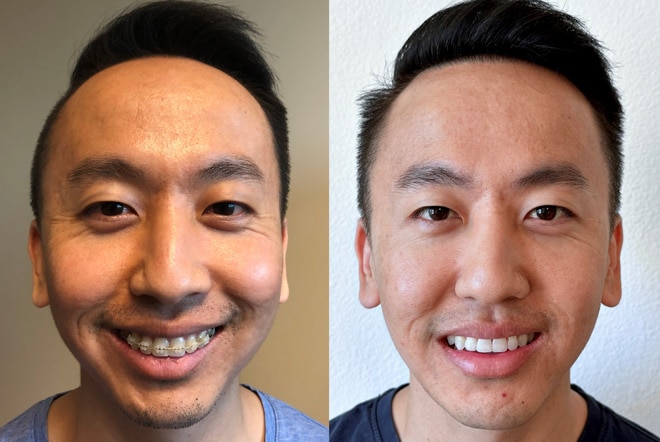
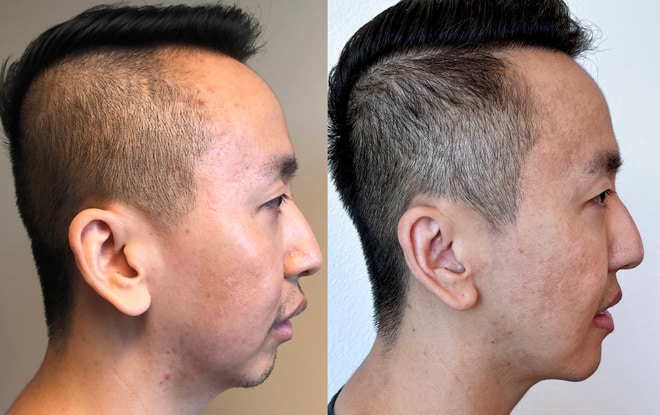
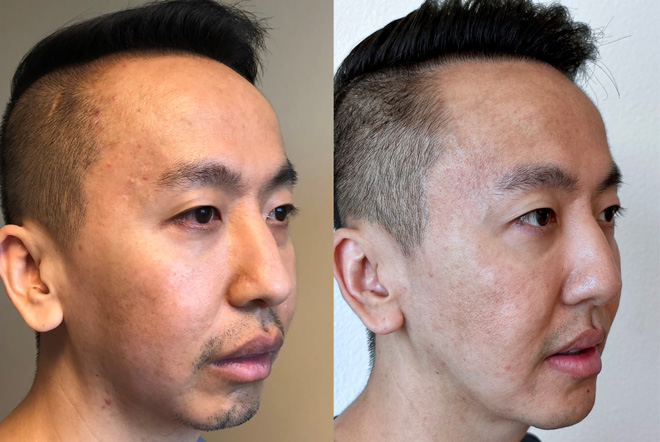
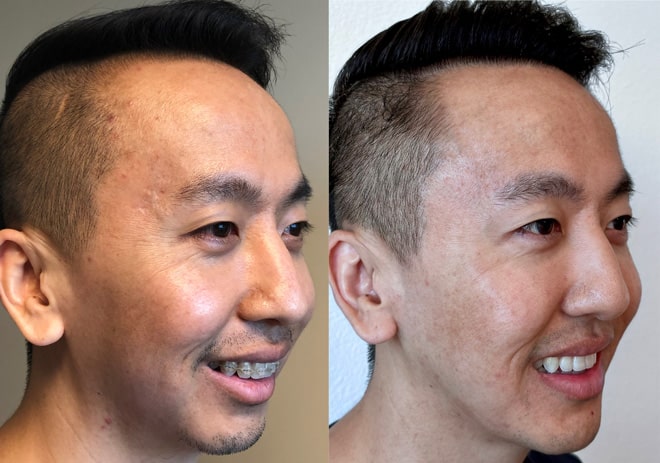
Case 2
